Arimatsu village is one of Japan’s hidden treasures, whose history never seems too far from the past. The town is the birthplace and probably best known for its traditional textile craft, Shibori, used for kimono and various designer garments today. “The whole town is really beautiful. People here live and breath their Shibori craft,” explains Sebastian, whose textile affections inspired his trip. It’s like a living museum - people still live here, and the town is filled with contemporary designer boutiques and modern local bistro and cafes. You can also enjoy the scenery of the village’s serene Zen forest anytime of the day.
Arimatsu (有松町 Arimatsu-chō) was a town located in Aichi Prefecture, Japan. Today, it is approximately three-and-a-half-hours by Shinkansen (新幹線) from Tokyo. It is now part of Nagoya, a town filled with Tokugawa and Edo treasures. Shibori, also known as “Japanese tie-dye”, is a form of resist dyeing in which fabric is folded, tied, twisted or wrapped to create patterns and various motifs. The variation of methodology and motifs it has created are given different names and each has symbolic significance.
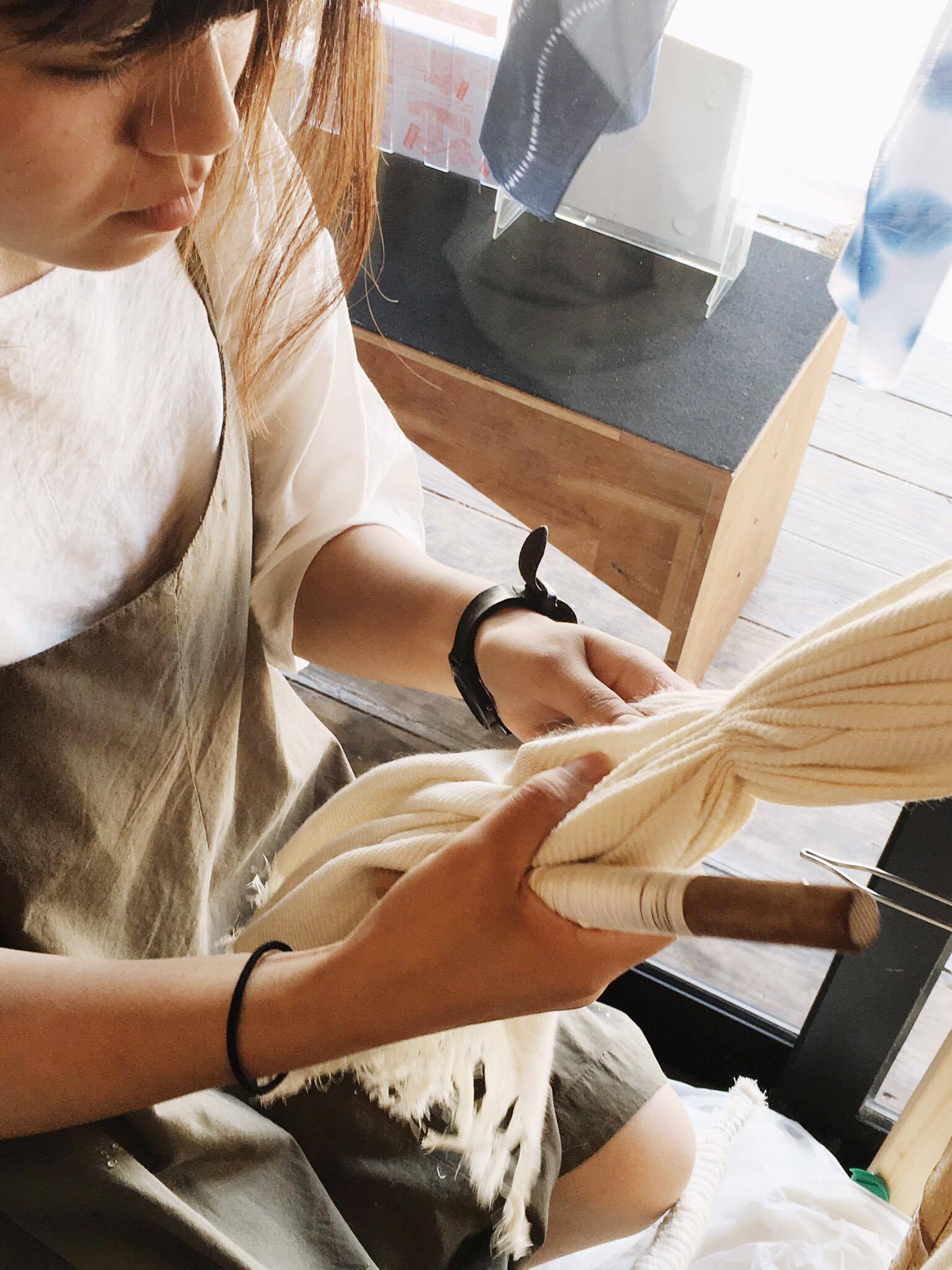


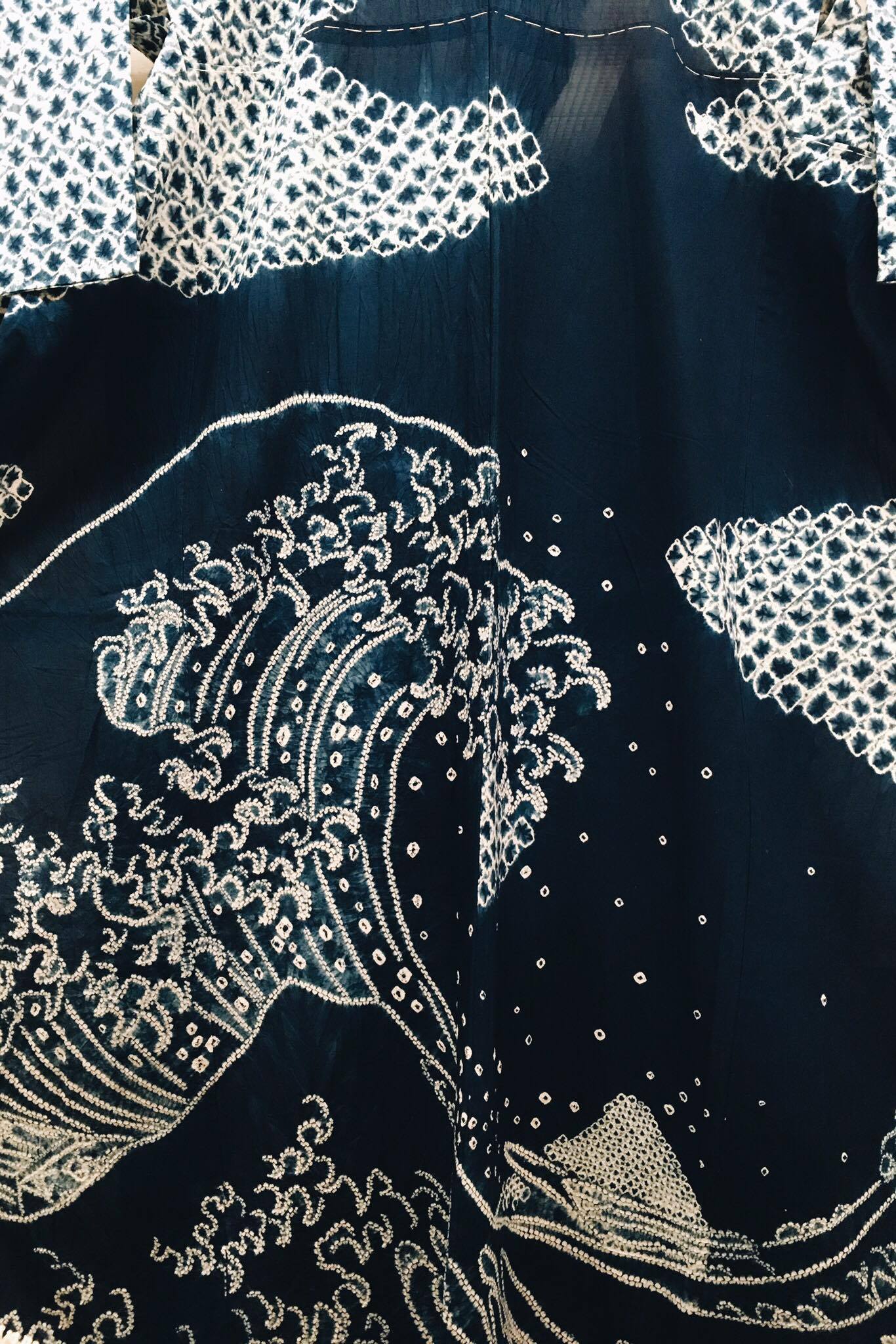
One of the main attractions to learn and experience Shibori in Arimatsu is the Shibori Kaikan Museum. The true treasure is on the second floor where you’ll see the Shibori Craftswomen from Arimatsu. “I was introduced to Okasan Aiko during my visit where she demonstrated the different Shibori techniques. She showed me the different processes of Shibori from Kanako (regular tie-dye), Kumo (wrapping), Nui (stitching), Arashi (pole wrapping and twisting), Itajime (shape resistant/clamping) and many more Shibori techniques. The Shibori collection displayed is breathtaking, most of them dyed with the natural and traditional dye – Indigo or Japanese Blue. Shibori fabric has an amazing texture. The tiny knots that are hand tied not only create a visual pattern, but also a raised texture. The tools and vintage technology varies within the different processes of Shibori. Workshops are held where various techniques are taught by the Master Shibori craftswomen,” explains Sebastian.
"Shibori needs patience less than time and more than heart because it's a craft beyond words. Devote to such a craft only with love." Shibori Craftswomen of 有松町 Arimatsu-chō
As Master Aiko continued wrapping her Kumo Shibori, she talked about the Annual Shibori festival, a celebration of the Shibori art and the town itself, held the first weekend of June along the old Tokaido highway. The festival floats with performances of Dashi floats and Karakui mechanical puppet shows performed by Shibori Komachi and Fukuotoko (lucky men). Some of the old historical houses are open to public offering a peek into truly traditional homes.
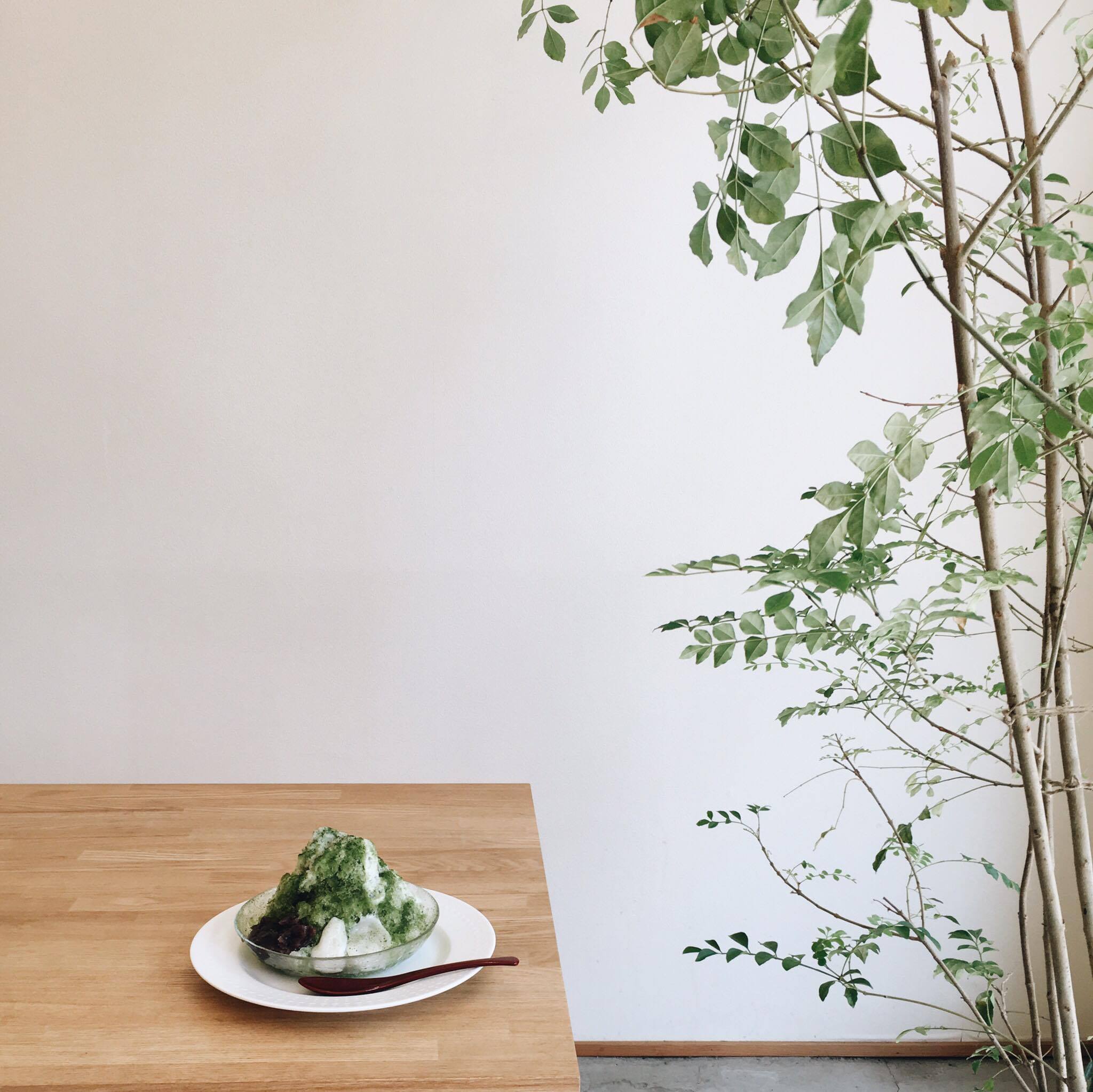
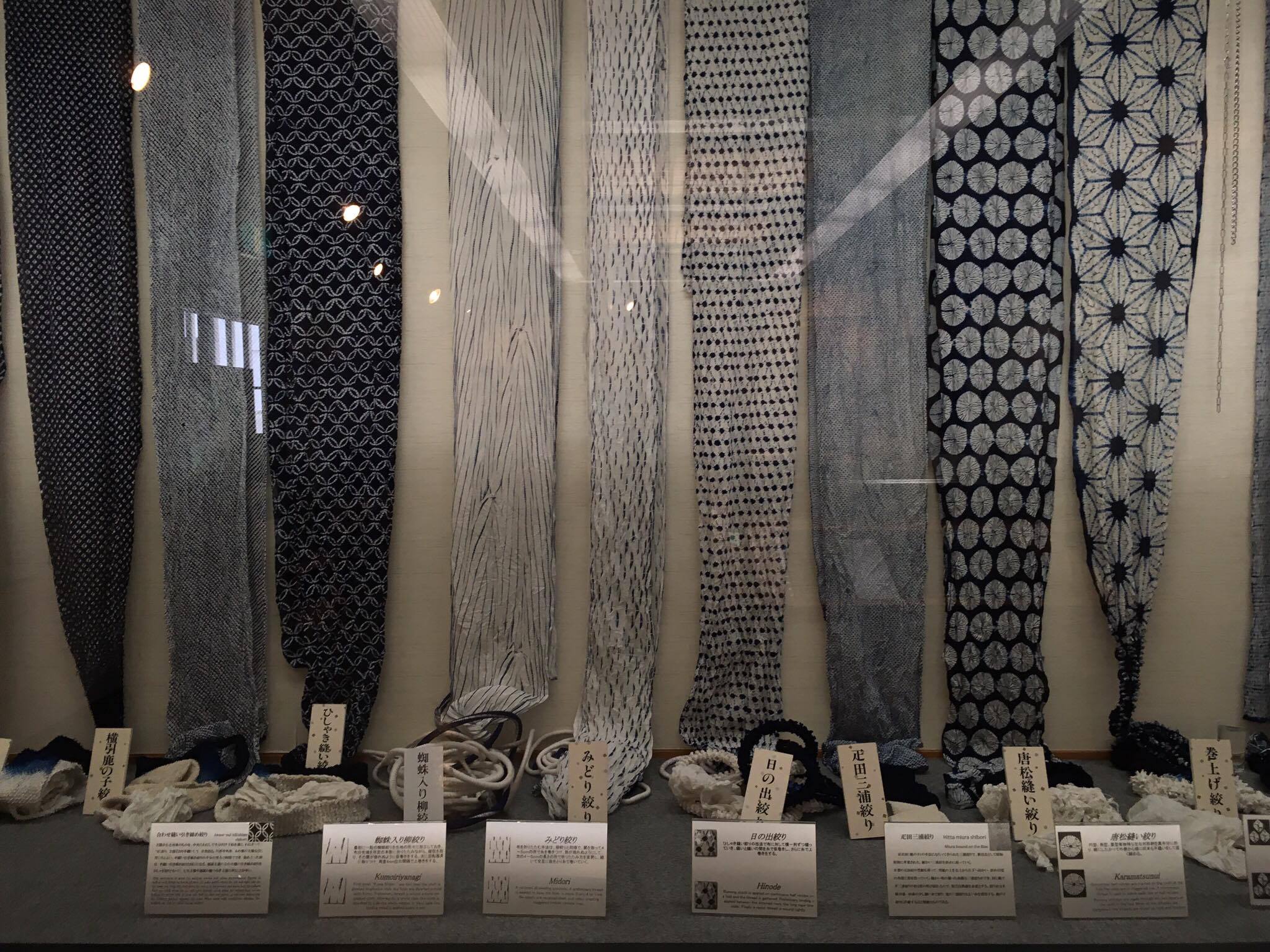
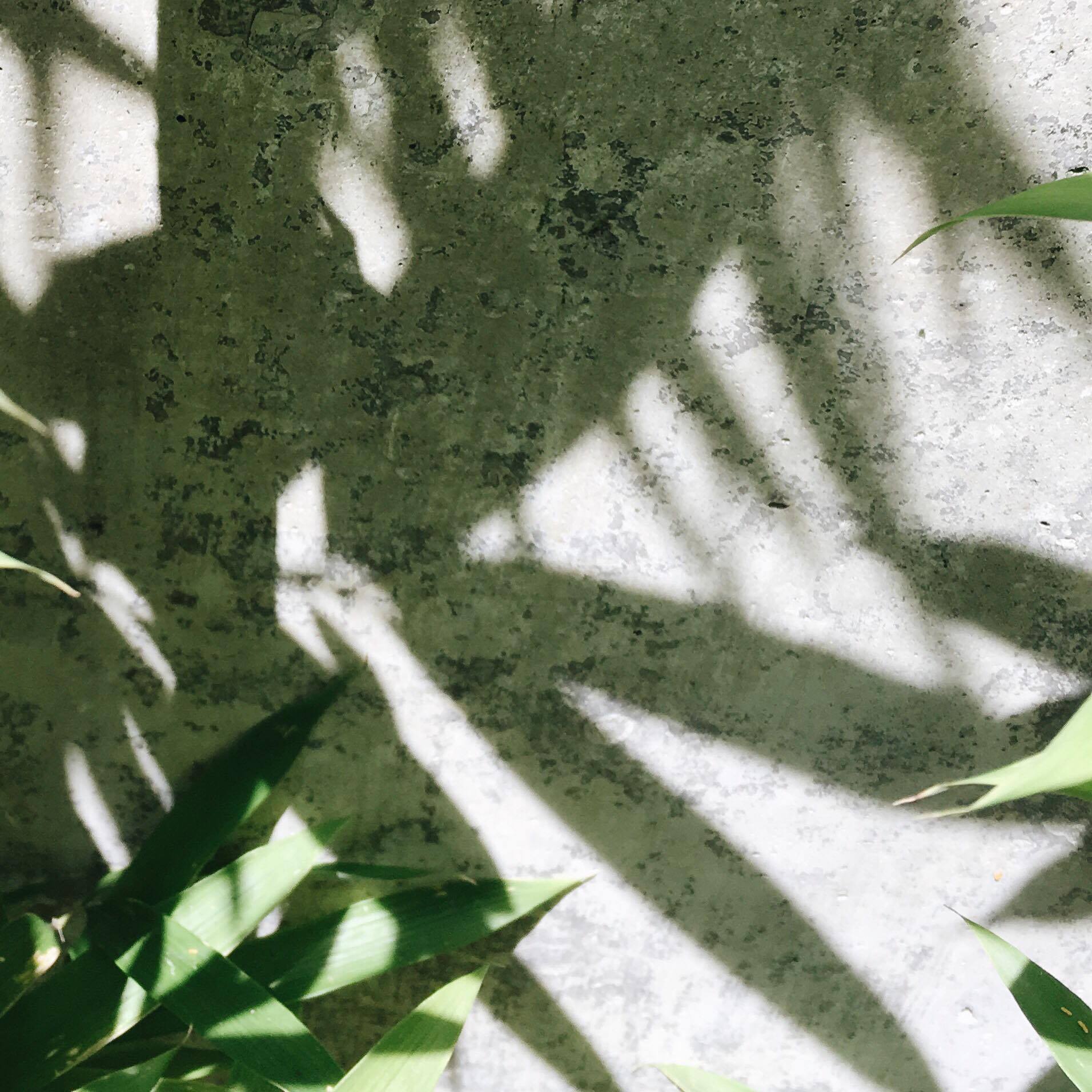

Many old historical houses from the Edo period still line the Tokaido road. Shibori designer boutiques, cafes and serene local shrines could be found in the backyard of Arimatsu village. The vivid art of Shibori is truly a cultural experience beyond time and history, and today, placing its mark on contemporary fashion. Experience Shibori within Faburiq’s haberdasheries and shop the story!
*If you would like to know more about Kimono fabrics click here and if you would like to know more about Shibori fabrics click here.
Authors: Alexander Sebastianus and Aruña Chong Quiroga
